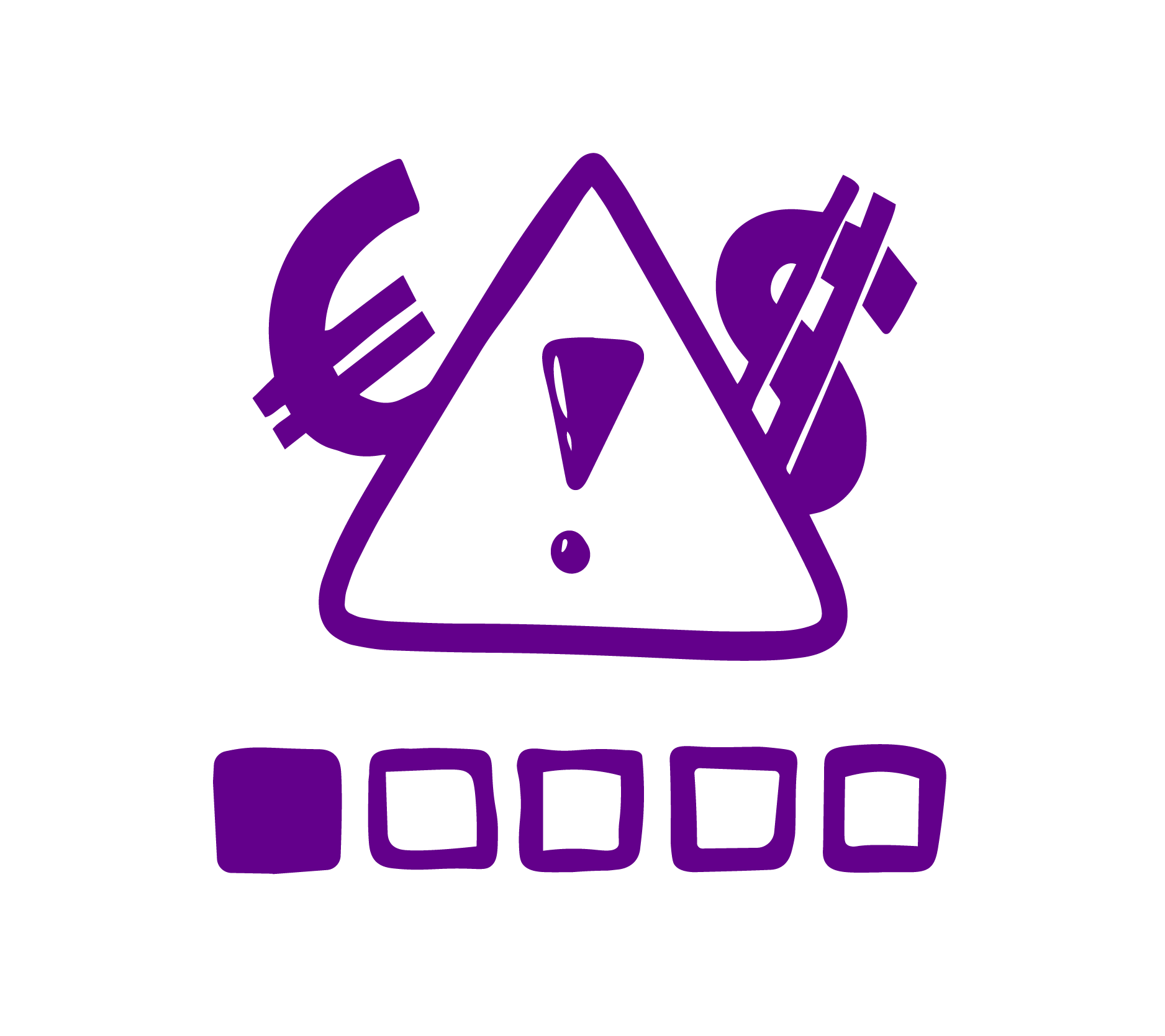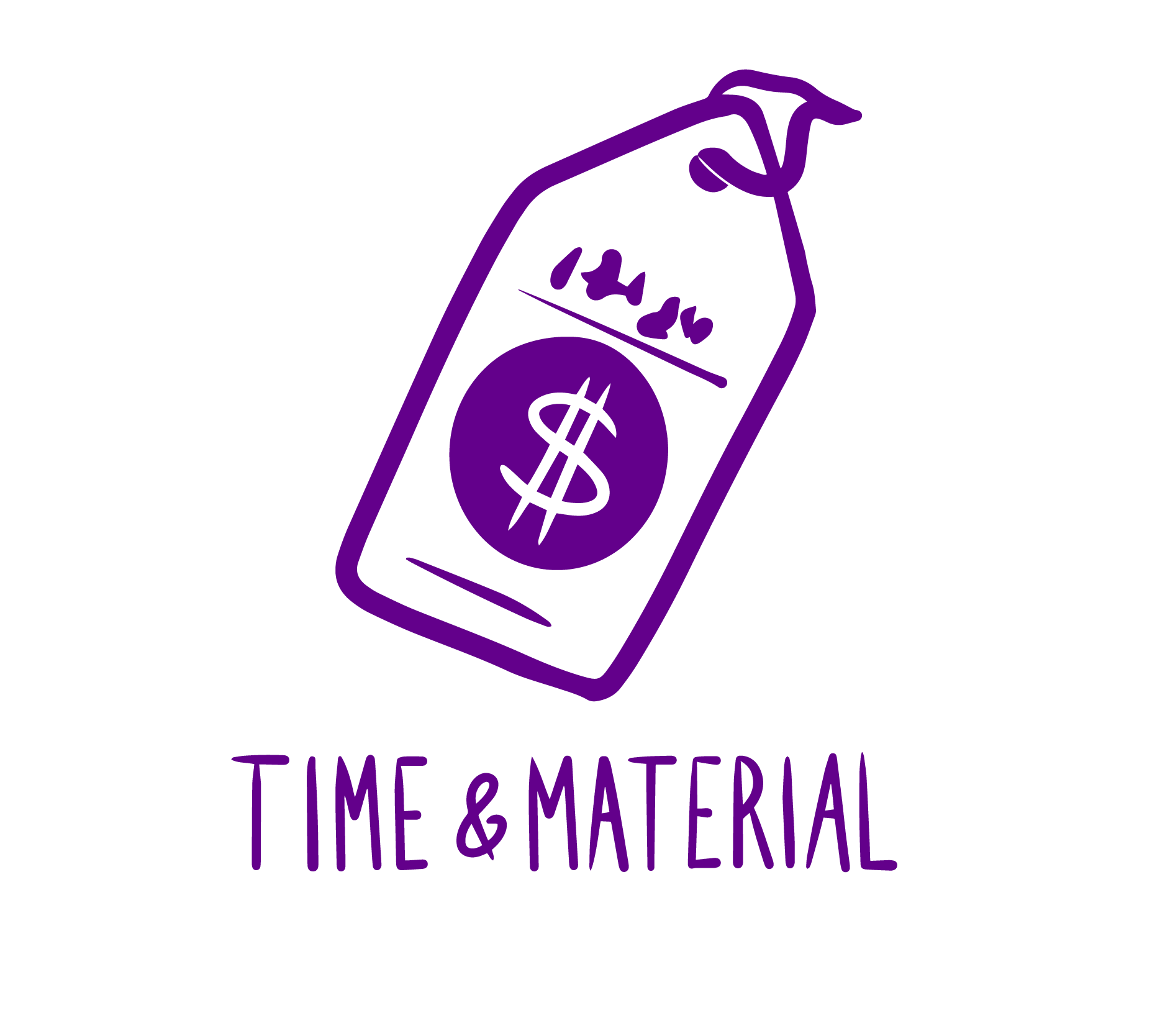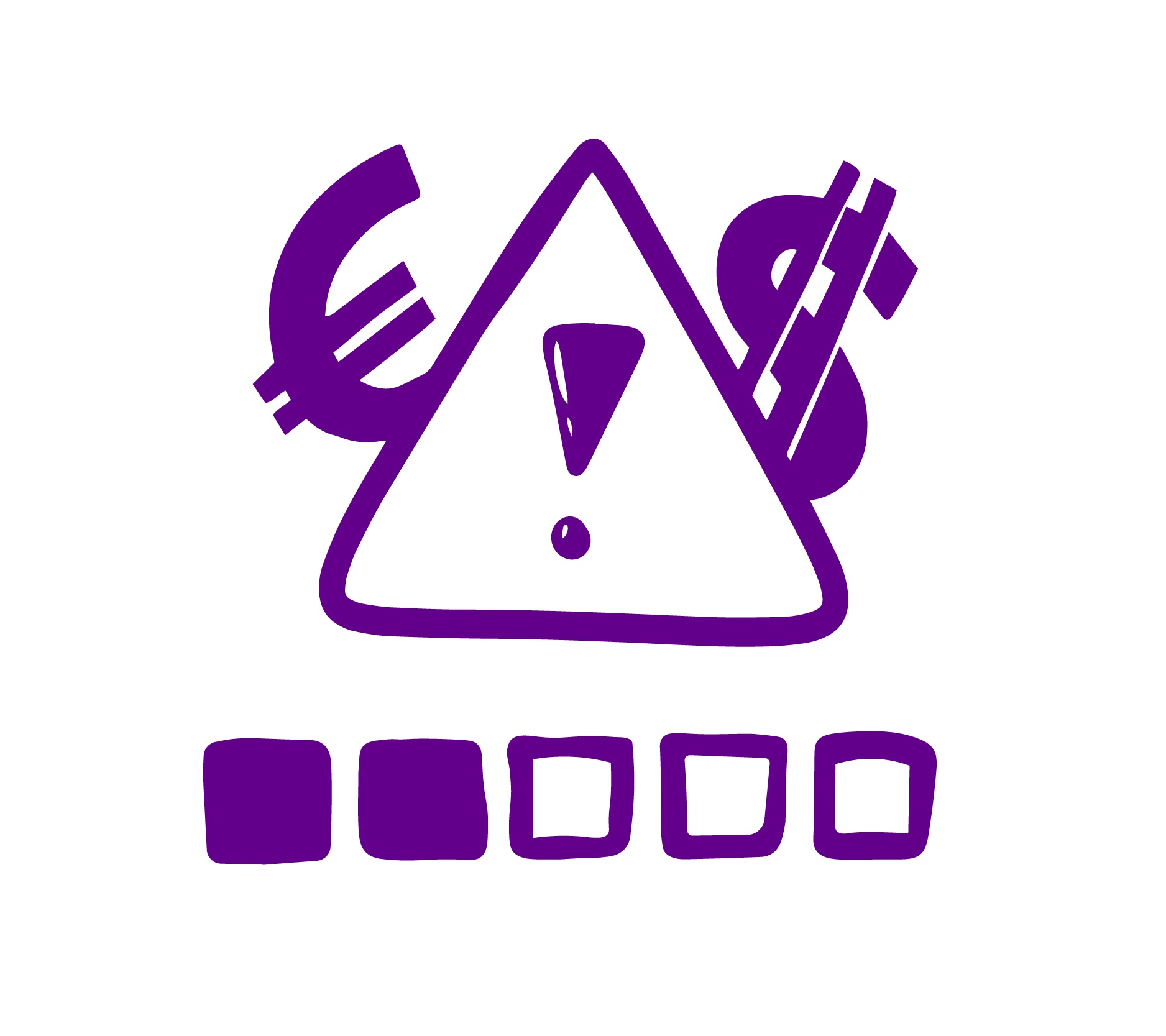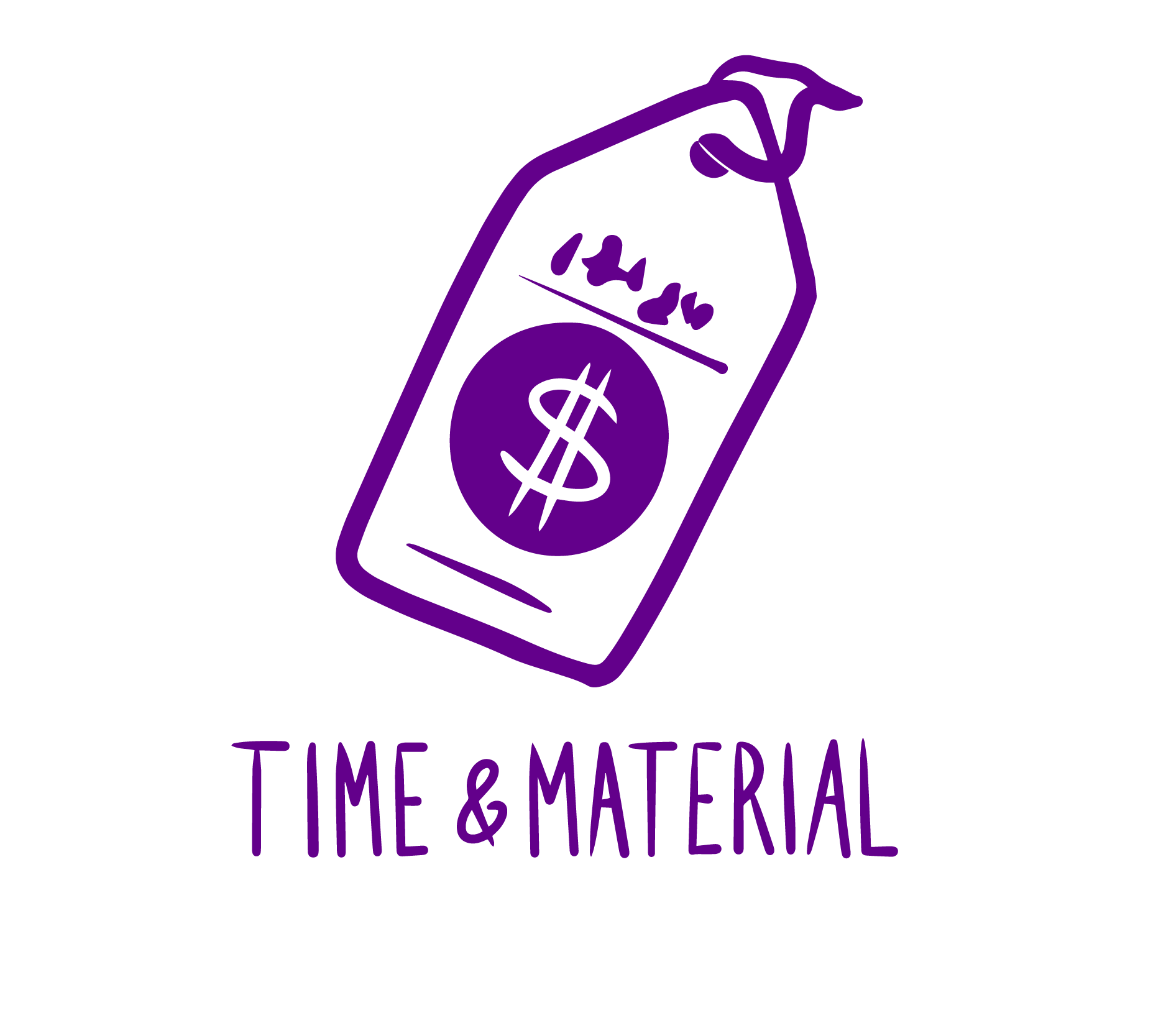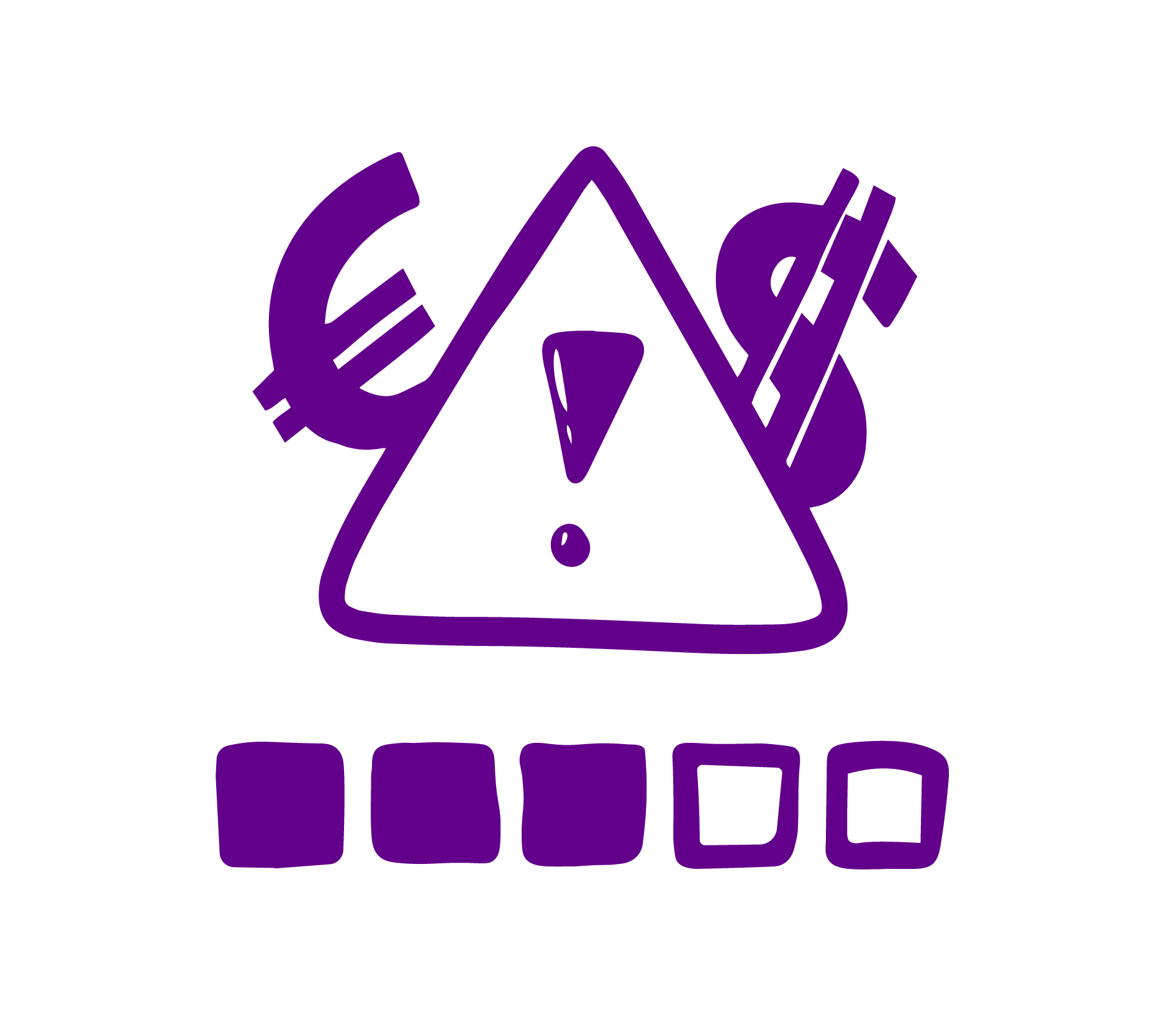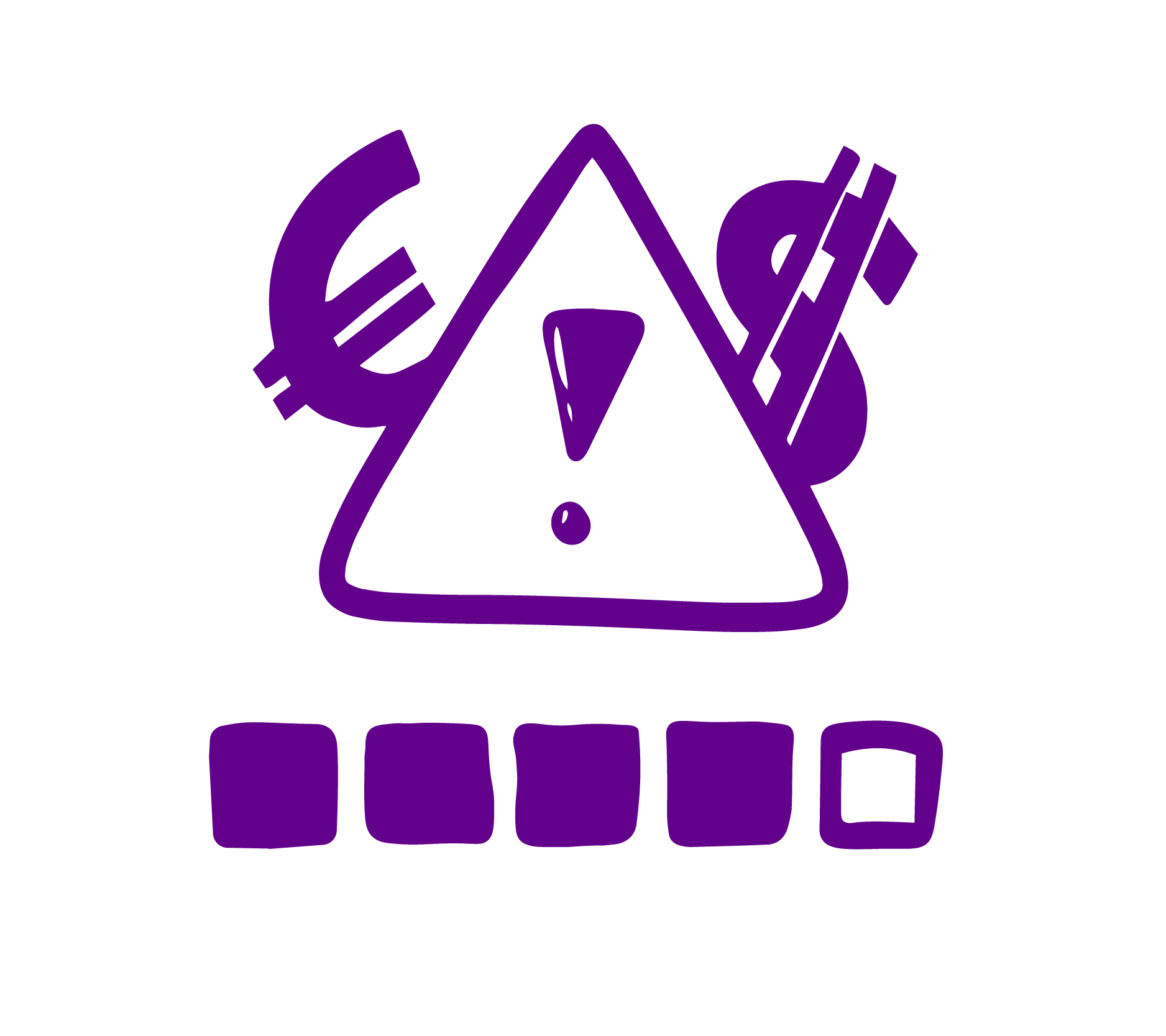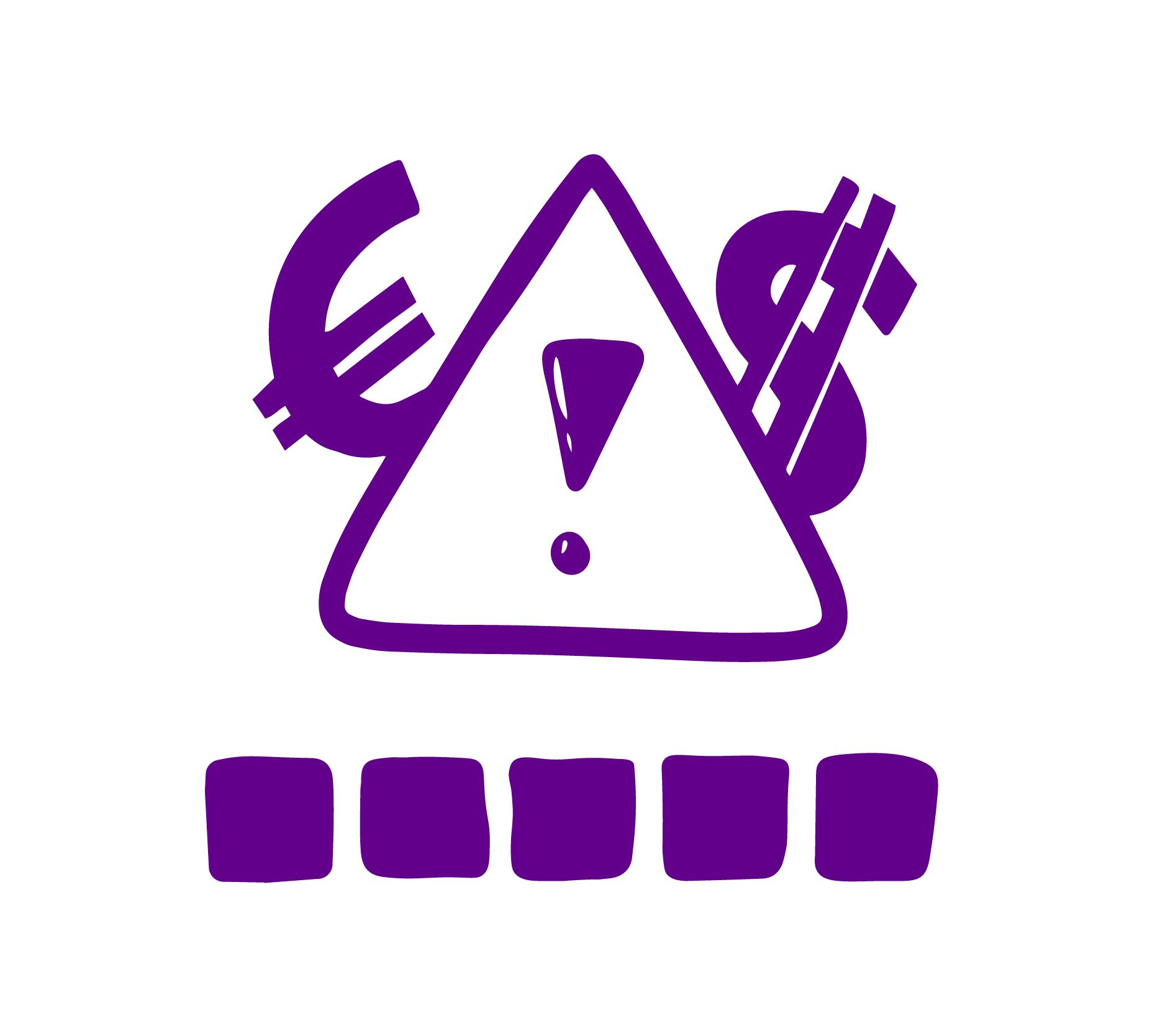In this article, we are going to cover the ways you can cooperate with your IT partner (i.e. software house). Sometimes we encounter companies that want to innovate their product or service through a software solution, but are not sure how to purchase the service.
The article describes the ways you can cooperate with INVENTI, however most software houses offer similar options.
Cooperation models
The most common IT cooperation models include:
| Body Shopping | Leasing the working capacity of individual IT professionals. |
|---|---|
| Team Leasing | Leasing the working capacity of a team of IT professionals. |
| Team Leasing with Management Responsibility | Leasing the working capacity of a team of IT professionals including team management. |
| Hybrid mode | delivery of a solution with the possibility to fix the price of individual parts of the application. |
| End-to-End Project Delivery | Delivery of a solution with price and application scope fixation. |
The cooperation models differ depending on the service you’re purchasing from your supplier.
Within the first three models, you purchase the capacity (time) of individuals or teams that implement your desired solution/project.In the case of Hybrid mode and End-to-End Project Delivery, you are not purchasing the time, but the work output – the IT solution itself.
The selected method of cooperation also determines the degree to which your colleagues are involved during the project (from the highest to the lowest) as well as the degree of risk you’re taking.
Types of pricing models
We distinguish between two main types of pricing models on which we illustrate various approaches and specifics of individual cooperation models. It’s not a complete listing but completely sufficient for illustrating these models.
Time & Material – as the name suggests, you pay for the time of specialists and resources needed to complete the project (like specialized software and hardware). When it is used, billing usually takes place once a month.
Fixed price – both sides agree on a fixed amount for the entire project or its part. It’s usually billed after accepting the work and often divided into a couple of payments: before starting the project and after finishing it.Let's compare each model based on four factors
Body Shopping
As we stated in the introduction, Body Shopping is basically leasing the working capacity (or its part) of individual IT professionals. It’s primarily used when you need to:
- Increase your team’s working capacity in the short term.
- Perform just a one-off IT activity, so it doesn’t make an economical sense to hire an internal employee for it.
- Cover the missing capacities of the team because of insufficient numbers of IT specialists on the labor market.
This type of cooperation comes in handy when you want to keep full control over every detail of your team’s work. With some exceptions, it’s not suitable for a long term cooperation.
Team Leasing
Team Leasing is all about hiring a team of IT specialists who have worked together in the past and therefore are well-coordinated. Thanks to that, they’re able to achieve greater effectiveness in a shorter amount of time than a newly assembled team.
We are often faced with a situation in which the product manager of the client assigns tasks to the supplier’s team of IT specialists.
It works very well in the case of one-off projects as well as long term solution development. The scope of it might be changed during the course of it.
Team Leasing with Management Responsibility
This is the same service as Team Leasing except for one difference. A team manager (role), that guarantees everything is going as agreed, is also part of the team. Therefore, the client doesn’t have to take care of individual tasking but just generating work for the team as a whole.
The team manager takes care of daily team management (involving planning, organizing, managing, controlling).
We choose this type of cooperation when we want to have responsibilities divided between the client and the supplier. It’s convenient when the client doesn’t have sufficient IT knowledge or management capacity. As with standard Team Leasing, the client doesn’t have to be clear about the whole project scope right from the beginning.
Hybrid mode
When a client needs to make use of on-demand development (especially when they want the supplier to bear all of the realization risks) and at the same time, doesn’t have a clear and detailed idea of the final solution, Hybrid mode may be the most appropriate way.
After an initial analysis of the solution, the project is divided into two sub-phases that are then “fixed”, so the client knows how much the specific system part is going to cost.
This type of cooperation is flexible when it comes to changes of the project scope. However, it’s more suitable for bigger projects with a longer duration (8 months and more), with regard to the details of the work organization.
End-to-End Project Delivery
End-to-End Project Delivery is the right type of cooperation if you:
- Have a detailed idea about the desired solution.
- Know that it’s not going to change during the course of the project.
- Want the supplier to bear the risks related to implementation.
In this case, there is an agreement between the supplier and the client in which the project scope as well as its price are fixed and therefore the client figures as a validator of individual outputs and the final solution tester.
When there’s a need for a change in the project scope, this change requirement has to go through change management. Then, the time requirement, impact on the project plan and financial aspects of the project are analyzed.
This type of cooperation is suitable for companies that have very little to no knowledge about IT or SW development.
We hope that you now have a solid grasp on the most common IT cooperation models. Making the final decision about the ideal one fit for your needs and expectations is really up to you and your partner. Considering the factors like the degree of responsibility and level of interaction needed will help point you in the right direction.
To make this process even easier, we’re sure you will find the following article extremely helpful. It includes a clear table of models with their essential characteristics as well as two basic aspects that determine the selection of the right model for you. Find out more in the article How to choose the right IT cooperation model?
Handbook:
9 steps to successful
nearshoring partnerships
In 9 simple steps find out how to maintain the right nearshoring partner that can fully support your digital innovation and smart resourcing.
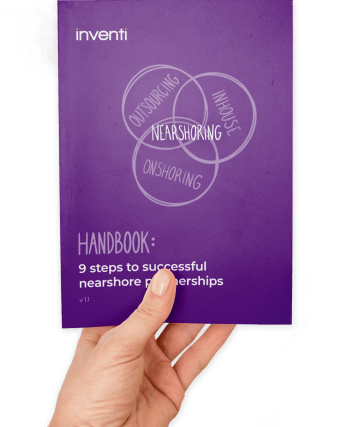
Handbook:
9 steps to successful
nearshoring partnerships





